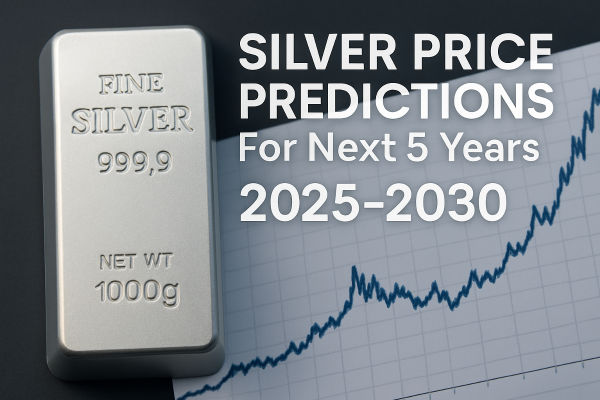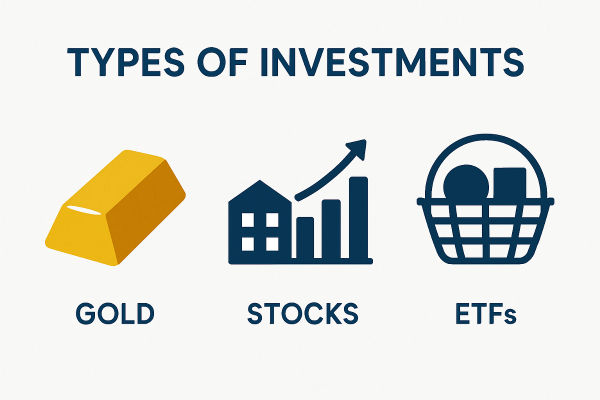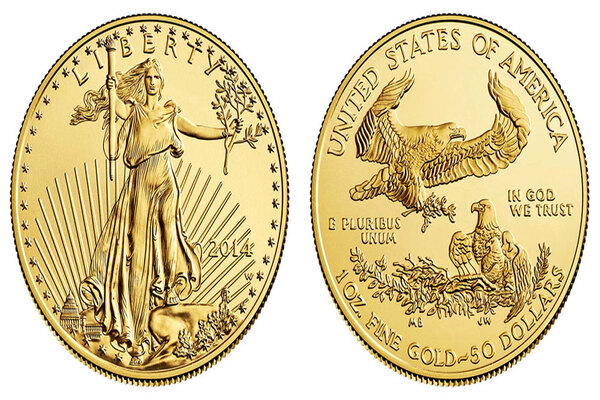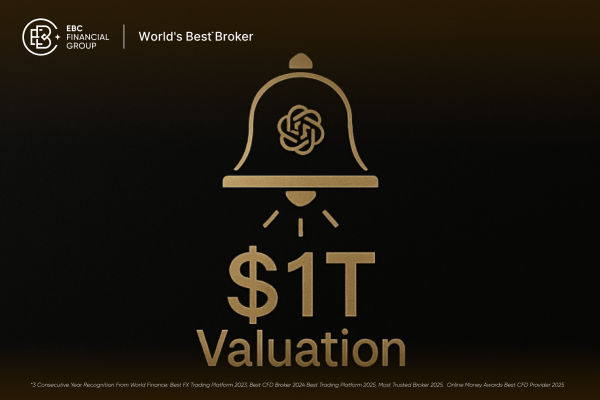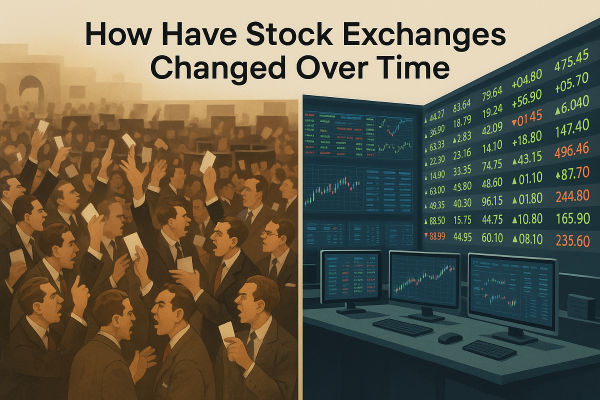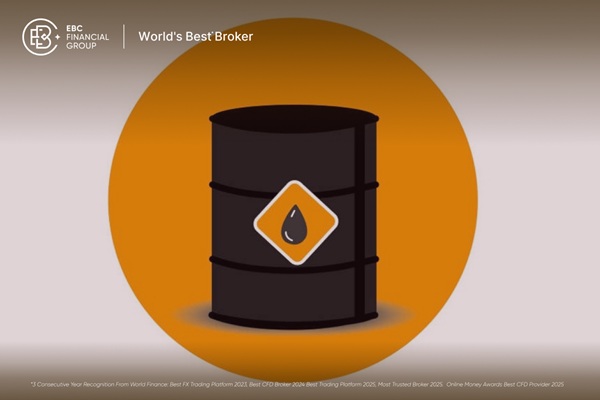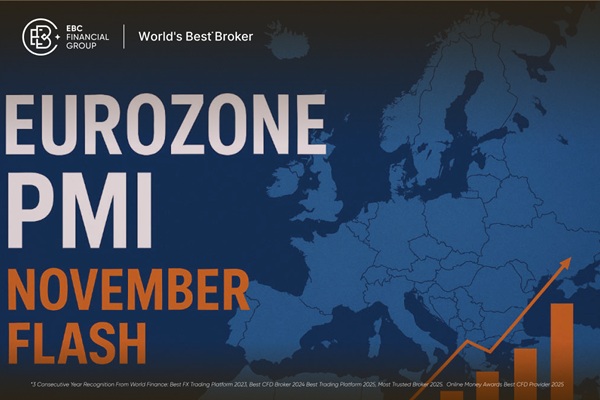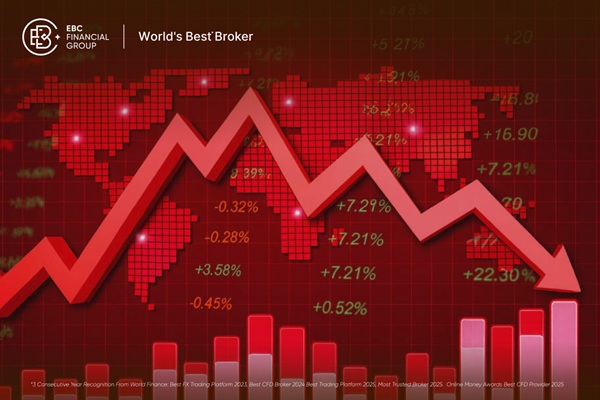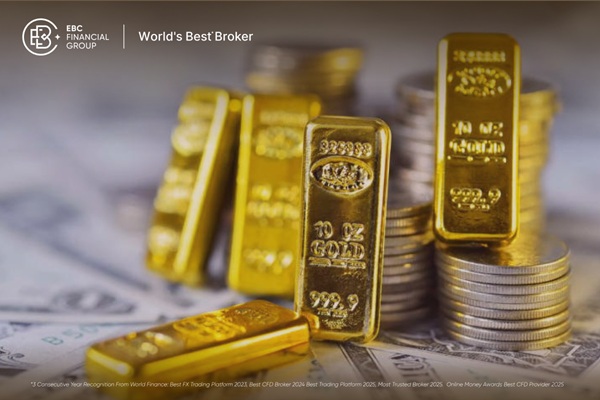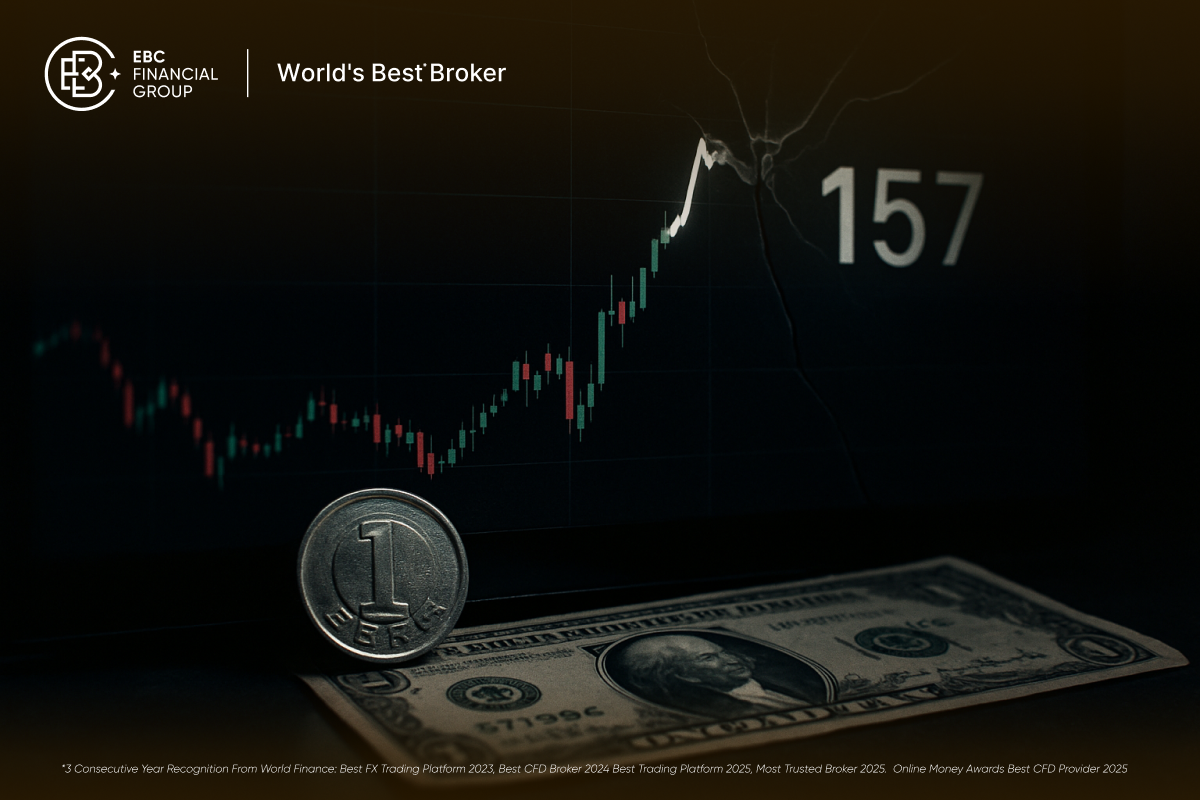The quick and upfront answer is yes. For most investors, ETFs remain one of the best core tools in 2025 as they offer low-cost diversification, instant market access, and an expanding menu (passive, active, thematic, bond, commodity and even spot crypto ETFs).
Recent data also show record inflows into thematic ETFs, gold and crypto ETFs, and continued strong flows into low-cost broad-market ETFs, all signs that ETFs are both popular and useful across investor types.
That said, not all ETFs are equally attractive: fees, tracking error, liquidity, exposures and crowded flows matter more than ever. Therefore, use ETFs thoughtfully as core assets, tactical components, or specific exposures, not as replacements for thorough research.
Why ETFs Still Matter in 2025
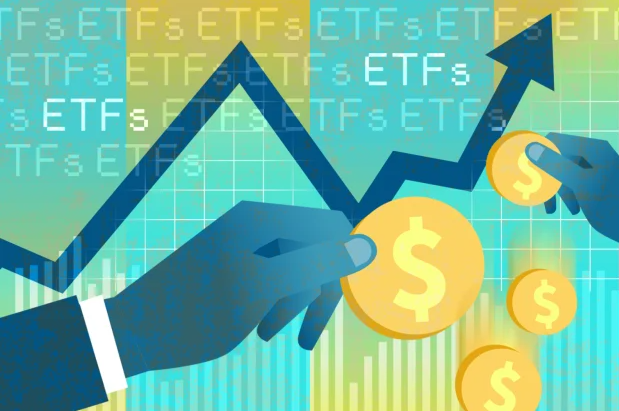
Exchange-traded funds (ETFs) are the engine room of modern portfolio construction. In 2025, they continue to dominate flows and product innovation:
1. ETF assets under management globally exceed $12 trillion, driven by retail and institutional adoption.
2. Passive core ETFs (S&P 500) still capture the lion's share of long-term allocations, while active ETFs and thematic ETFs have seen explosive growth in 2025.
3. The ETF product shelf has widened beyond equities and bonds to include physical commodities (gold), spot crypto ETFs, niche factors, AI & defence thematic ETFs, and even single-stock ETFs.
This expansion makes ETFs useful for both core diversification and tactical bets. In recent weeks, there were record inflows into crypto ETFs and significant interest in gold ETFs. This clearly indicates that investors are utilising ETFs to express quick macro views. [1]
So: ETFs are not just "cheap index funds" anymore. They are a broad toolkit you can stitch together to build (or hedge) virtually any market view.
What the Data Says Right Now About ETF (October 2025)
| ETF Category |
2025 YTD Net Inflow (USD) |
September 2025 Net Inflow (USD) |
Notes / Highlights |
| US Equity ETFs |
~$848 billion (TTM) |
~$88.2 billion |
Strong inflows led by tech and large caps; record flows for actively managed ETFs. |
| US Bond ETFs |
~$375 billion (TTM) |
~$40.5 billion |
Record inflows into fixed income ETFs amid Fed rate cut expectations. |
| US Gold ETFs |
~$26 billion (Q3 2025) |
~$17.3 billion |
Record monthly inflows in September; total AUM exceeded $472B amid rising gold prices. |
| US Commodity ETFs |
~$41.3 billion (TTM) |
~$11.3 billion |
Strong inflows led by precious metals and energy-linked funds. |
| US Thematic ETFs |
~$2.6 billion (YTD) |
~$2.3 billion (June 2025) |
AI and tech innovation ETFs dominate inflows, signaling a risk-on shift. |
| US Crypto ETFs |
>$26 billion (YTD) |
~$5.0 billion (week ended Oct 4, 2025) |
BlackRock’s IBIT and Fidelity’s FBTC ETFs lead inflows, setting historic weekly records. |
If you judge by flows, ETFs are thriving. But the patterns matter.
1. Net Inflows Remain Positive and Growing
In September 2025, net inflows into US ETFs were substantial. For example, a monthly overview reported $142 billion flowing into US ETFs, with active ETFs capturing unprecedented portions of the inflows.
Year-to-date and trailing-12-month ETF inflows remain robust. This shows both long-term investors and tactical players are allocating via ETFs.
2. Rotation Across Themes
September and October 2025 saw big rotation: heavy inflows into gold ETFs (driven by record gold prices), record weekly inflows into crypto ETFs as bitcoin/new crypto highs attracted institutional capital, and rising interest in defence & aerospace ETFs on geopolitical and policy narratives.
Meanwhile, some legacy ETFs (e.g., higher-fee SPY) experienced outflows in favour of lower-cost alternatives (VOO, IVV). This signals investor sensitivity to both theme and cost.
3. Active ETFs Are Growing
The year 2025 saw a significant rise in the launches and inflows of actively managed ETFs. Active equity ETFs have become mainstream, with multiple months in 2025 experiencing unprecedented inflows as institutions and advisors pursue active managers offered in ETF form.
That matters for investors who want manager skill but prefer ETF wrappers. [2]
Takeaway: Investors are utilising ETFs for a wide range of purposes, including long-term core investments and quick tactical shifts in gold, crypto, AI, defence, and bonds.
ETF Advantages: A Smart Investment Vehicle in 2025
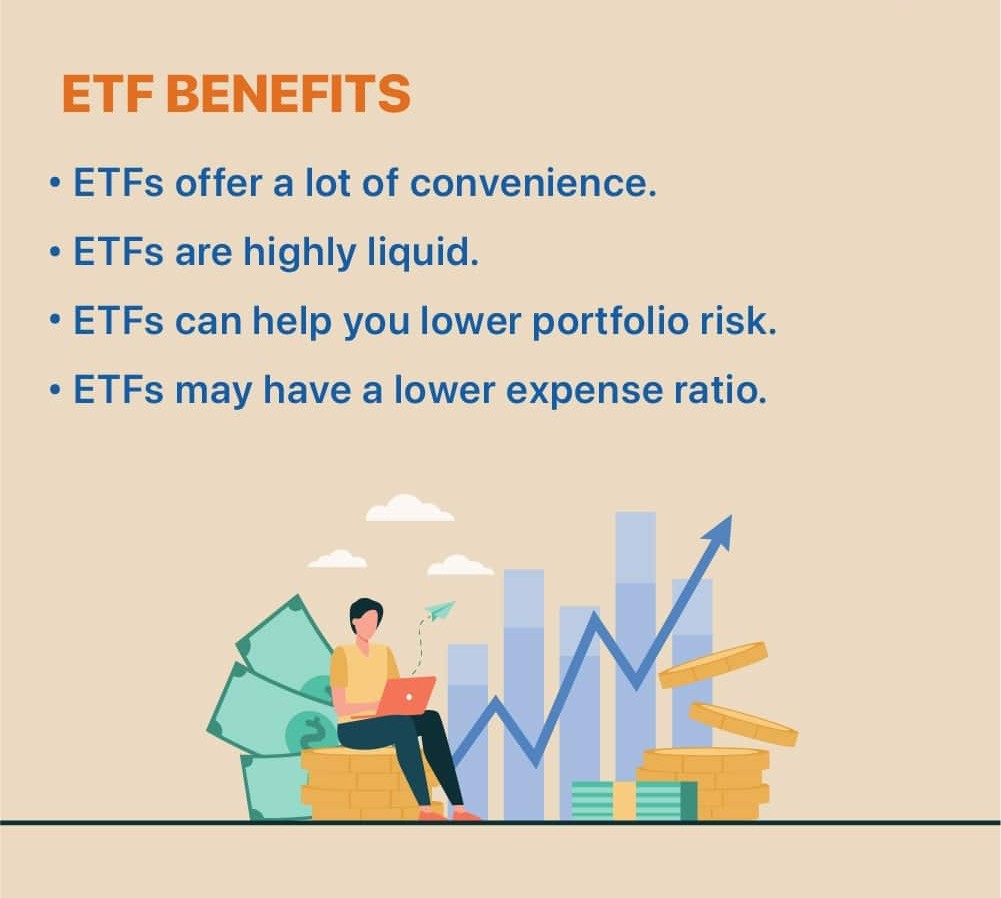
1. Instant Diversification at Low Cost
A single ETF can buy you broad-market exposure (S&P 500, Total Market) or a diversified slice of a niche (cloud security, battery metals) without paying high commissions or managing dozens of stocks.
Affordable ETFs (VOO, VTI, IVV) remain the most economical method for gaining wide market exposure.
2. Product Innovation and Access to New Assets
Spot crypto ETFs, gold ETFs, commodity ETFs, thematic AI/defence ETFs and single-stock ETFs allow investors to express new macro or secular views without custody headaches.
For instance, the past few weeks have seen unprecedented inflows into crypto ETFs and significant investments in gold ETFs during times of geopolitical instability.
3. Liquidity and Transparency
Most major ETFs trade like a stock throughout the day, with published NAVs and clear holdings. Highly liquid ETFs give investors the ability to enter/exit markets intraday with transparency.
4. Tax Efficiency & Operational Simplicity
In many jurisdictions, ETFs are tax-efficient when compared to actively managed funds; US-listed ETFs remain particularly efficient due to in-kind creation/redemption mechanics.
5. Ability to Combine Passive Core + Active Satellite
Using low-cost broad ETFs for the core and thematic/active ETFs for satellite exposure is a simple, scalable strategy many advisers recommend.
BlackRock and other large managers highly suggest blending core ETFs with thematic or alternative exposures in 2025.
ETF Disadvantages: Where ETFs Can Trip You Up
ETFs are not magic, as there are pitfalls you must avoid.
1) Not All ETFs Are Equal
The same label does not mean the same quality. Two S&P 500 ETFs (SPY vs VOO) can have different fees and slightly different flows; SPY remains ultra-liquid but lost flows this year to cheaper peers. [3]
Always compare expense ratio, tracking error, liquidity and AUM.
2) Thematic ETFs Can Be Crowded and Volatile
Themes such as AI, defence, or battery metals can experience violent flows and brutal drawdowns when sentiment shifts.
A thematic ETF may offer exposure to a hot story today and be a poor long-term holding if execution or economics disappoint.
3) Hidden Risks in Commodity/Crypto ETFs
Some commodity ETFs hold futures rather than physical; some crypto ETFs rely on custodial arrangements that carry counterparty and regulatory risks.
For example, gold ETFs that physically hold bullion differ meaningfully from funds that use futures. Recent inflows into gold ETFs indicate physical demand. This is significant to how supply and demand influence price movements.
4) Active ETF Manager Risk
Active ETFs might offer manager alpha, but the success rates of active managers remain inconsistent.
Morningstar data in 2025 show active managers' one-year success rates varying by category and often falling short over longer periods. Picking active ETFs thus requires manager conviction.
Best ETFs to Invest in 2025
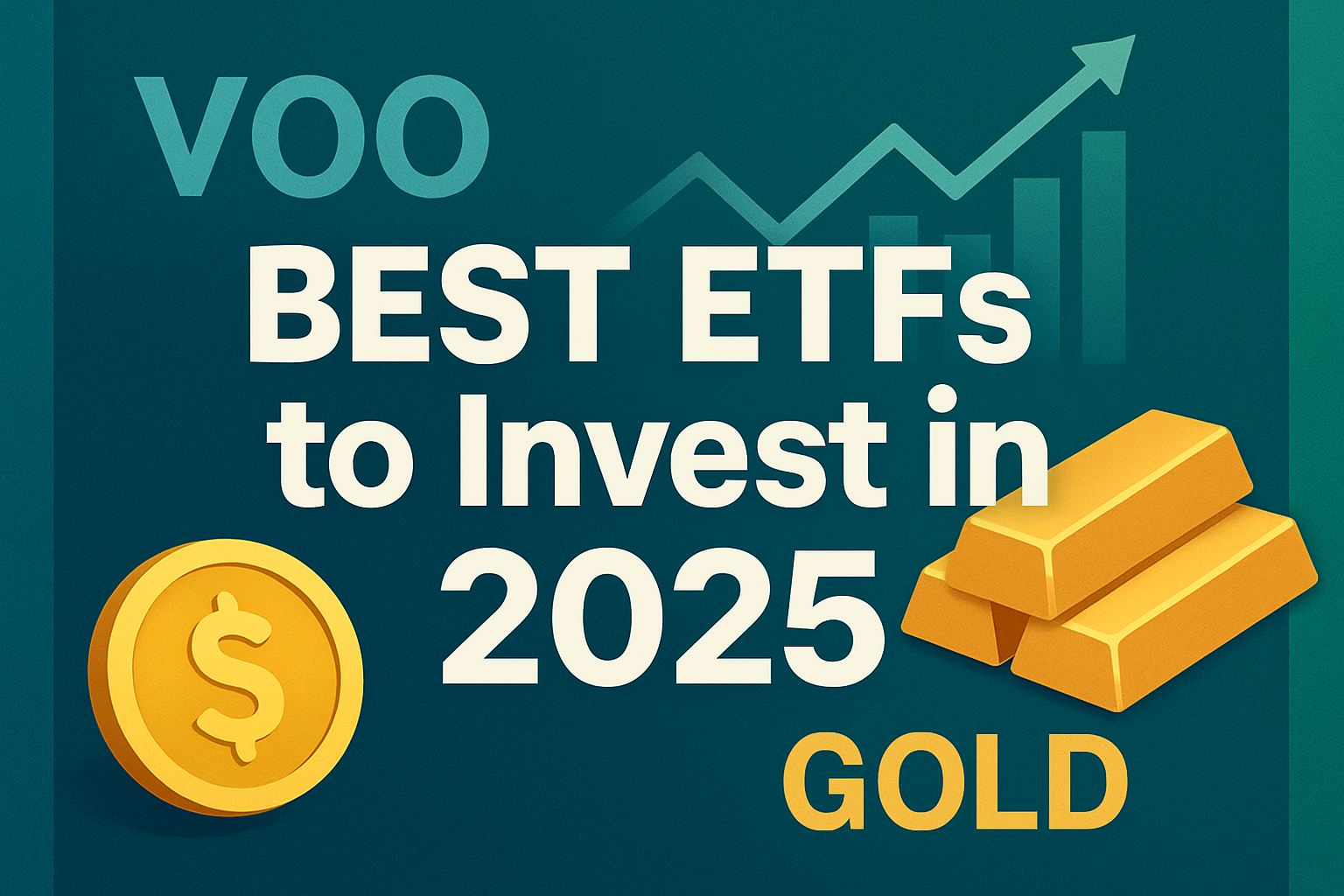
1. Core Equity ETFs (Buy-And-Hold Foundation)
Low-cost, broad-market ETFs (Vanguard Total Stock Market VTI, Vanguard S&P 500 VOO, iShares Core S&P 500 IVV) remain the default core for long-term investors.
2. Bond & Income ETFs (For Yield & Diversification)
As rates change in 2025 and markets factor in potential rate cuts, bond ETFs, including those with short-duration, intermediate, and TIPS funds, are effective for generating income and minimising volatility.
3. Commodity and Gold ETFs (Macro Hedge)
Gold ETFs experienced record inflows in 2025 as investors sought hedges against geopolitical risk and inflation uncertainty.
Commodities (broad) and energy/metal ETFs provide real-asset exposure that can protect portfolios in inflationary regimes.
4. Thematic & Sector ETFs (AI, Defence, Clean Energy)
In 2025, AI-related, defence/aerospace, and semiconductor supply-chain ETFs remain popular as institutional and retail investors re-weight into secular winners.
5. Crypto and Digital-Asset ETFs
2025 saw record global crypto ETF inflows, indicating institutional adoption of ETF wrappers for digital assets.
Where to Trade ETFs in 2025?
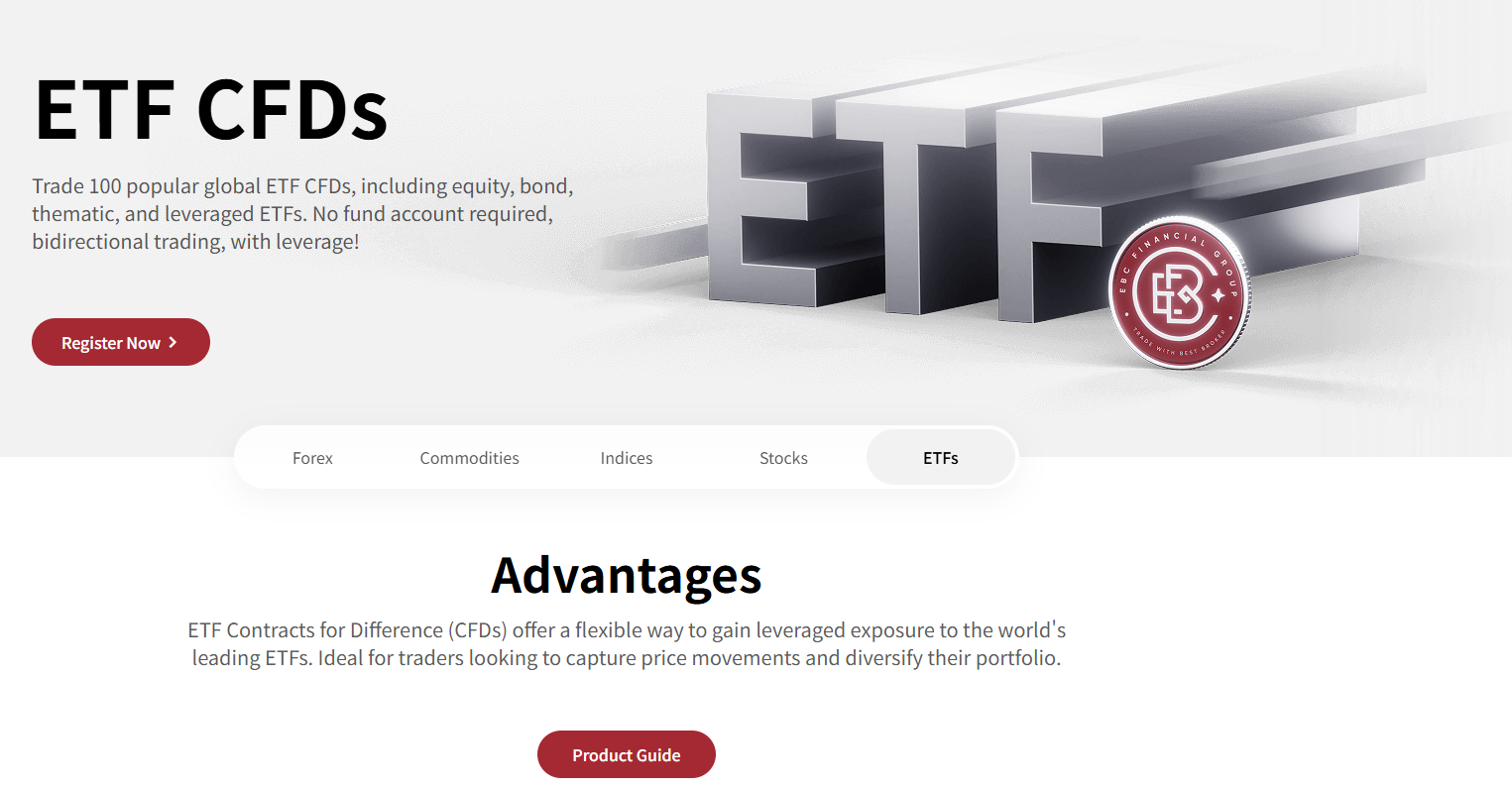
When investors think about accessing the ETF market in 2025, one of the most flexible approaches is through ETF CFDs (Contracts for Difference). This is where EBC Financial Group stands out.
For context, EBC has expanded its product offerings by adding more than 100 U.S.-listed ETF CFDs, giving traders access to leading market sectors, indices, commodities, and themes.
Additionally, EBC offers narrow spreads, quick execution, and sophisticated charting via TradingView, helping traders make smarter, data-driven decisions.
This makes EBC ideal for those who want flexible ETF exposure with leverage and real-time execution.
Frequently Asked Questions
1. Should I Buy an S&P 500 ETF or Pick Individual Growth Stocks in 2025?
For most investors, start with an S&P 500 or Total Market ETF for the core; add individual growth stocks only if you have time and conviction. ETF cores reduce idiosyncratic risk.
2. Are Crypto ETFs Safe?
They carry market, custody and regulatory risk. Treat them as a satellite allocation if you include them.
3. Are Active ETFs Beating Passive Ones in 2025?
Active ETFs experienced unprecedented inflows in 2025. Yet, the performance of active managers differs by category.
Conclusion
In conclusion, ETFs are a good investment in 2025 when used intelligently. However, ETFs are tools, not guarantees. Therefore, choose funds with a clear structure, low fees, sufficient liquidity and a thesis that suits your portfolio.
Whether through passive index funds, active strategies, or ETF CFDs with EBC, investors can build dynamic portfolios that adapt to the changing market trends.
Disclaimer: This material is for general information purposes only and is not intended as (and should not be considered to be) financial, investment or other advice on which reliance should be placed. No opinion given in the material constitutes a recommendation by EBC or the author that any particular investment, security, transaction or investment strategy is suitable for any specific person.
Sources
[1] https://www.reuters.com/world/india/investors-flock-gold-etfs-metals-price-shatters-records-2025-10-07/
[2] https://am.jpmorgan.com/content/dam/jpm-am-aem/americas/us/en/insights/etf-insights/monthly-active-etf.pdf
[3] https://www.ft.com/content/75b022e4-486b-4eaa-8b8b-4911b335cf6b










